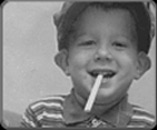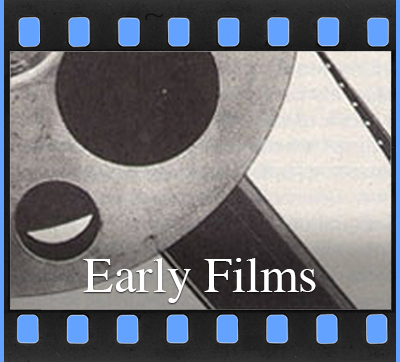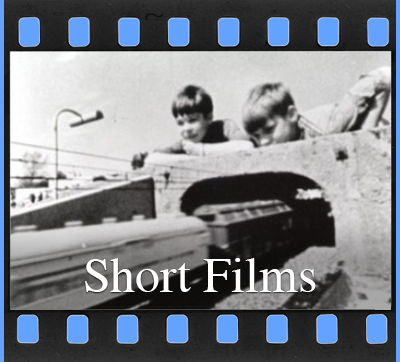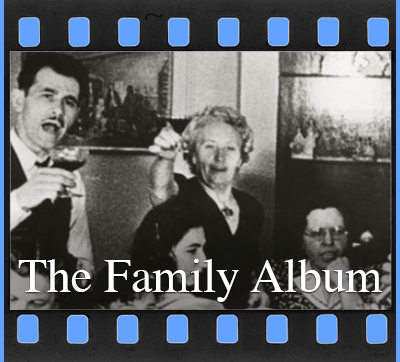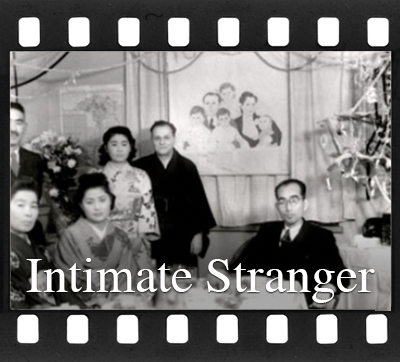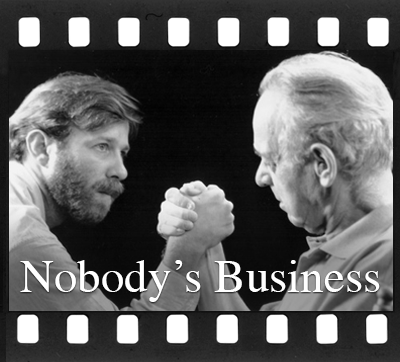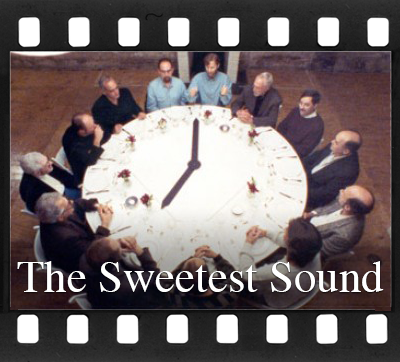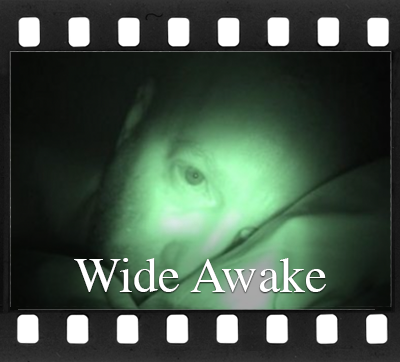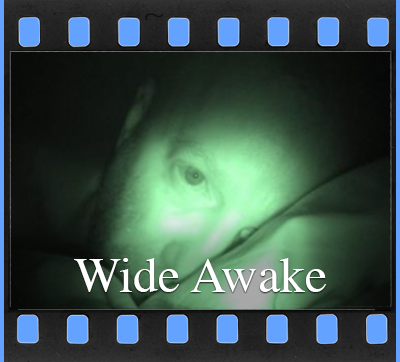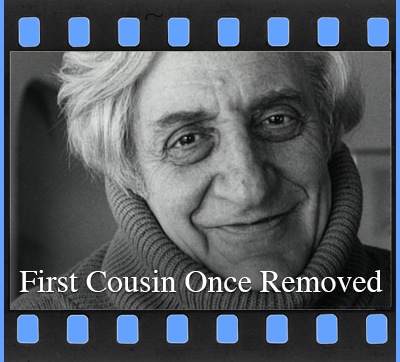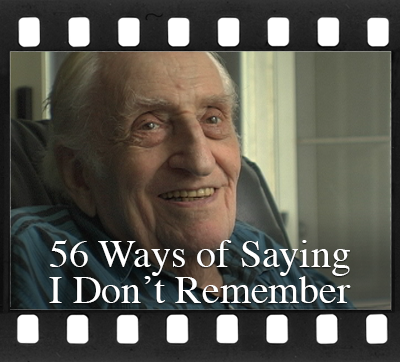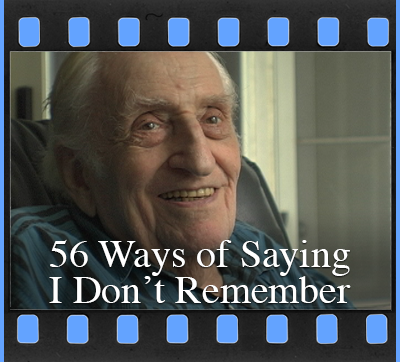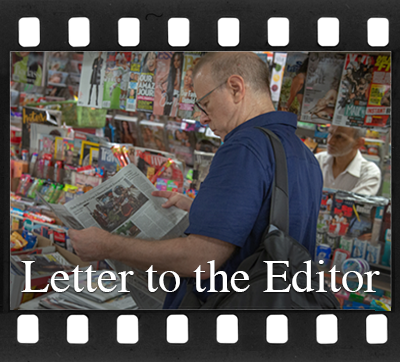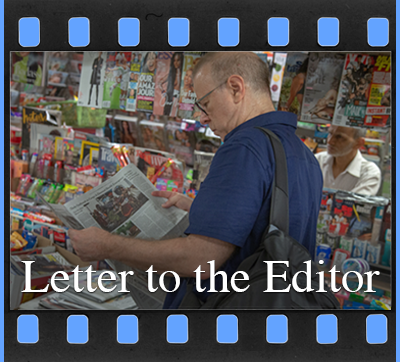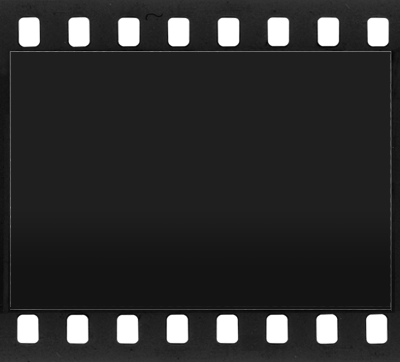Adventures in the Lost and Found
EXPRESS
East Bay, Berkeley, CA
ON TV
Adventures in the Lost and Found
The Family Album
By Alan Berliner
The third screening of the season, Alan Berliner's The Family Album (August 1) is formally the most intriguing. You don't need to read Jo Spence (although this film, perhaps inadvertently, is a wonderful Illustration of her work on family snapshots) to know that the family's visual record of itself is one of the biggest lies of the media age. The happy families of holiday snapshots and home movies (and now videotape) are probably more carefully constructed and completely distorted than the images on TV news.
Alan Berliner has collected hundreds of hours of home movie footage, edited them down to sixty minutes and structured this found footage into a "composite lifetime," beginning with images of birth and then moving through the stages of our lives until death. Visually then, this is a bit like looking at a stranger's collection of home movies for a full hour. Need I say more? What makes the film, however, is its soundtrack. Instead of reproducing the bland harmony of the family's visual image of itself, the audio track is redolent with conflict and distress.
The Family Album's soundtrack comprises only some recordings that fit with its visual images. Also laid over the visuals are other recordings - of audio tape messages made for family members, answering machine messages. And it is this oral history that bears witness to familial conflict and disharmony, as spouses complain about each other and families erupt into arguments over what can and cannot be discussed in the presence of the dreaded microphone. This soundtrack doesn't just render the visuals redundant, it actually destroys their intent and creates a sort of text-in-crisis that contradicts itself, despite the vast effort to work a seamless magic on the sound/vision relation. The result is a major treat for the ears, and a marvelous illustration of how our very own domestic cameras tell lies.
- ◻ SYNOPSIS
- ◻ AWARDS & FESTIVALS
- ◻ JOURNAL EXCERPTS
- ◻ HISTORICAL NOTES
- ✓ ADVENTURES IN THE LOST and FOUND
- ◻ SELECTED REVIEWS
- ◻ PRESS QUOTES
- ◻ POV INTERVIEW
- ◻ E.G. Marshall Intro
- ◻ PROGRAM NOTES
- ◻ CREDITS
- ◻ VIEW CLIPS
- ◻ PHOTOS
